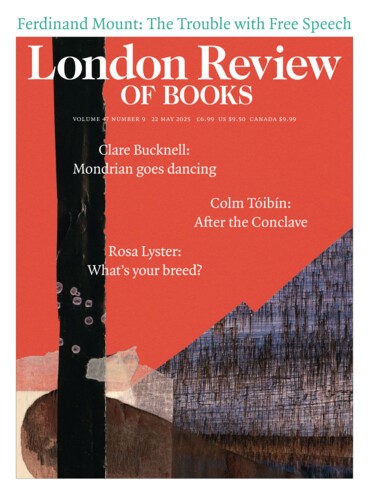Diary: Siege of El Fasher
Jérôme Tubiana, 23 October 2025
In 2019, Omar al-Bashir, who had been president of Sudan for thirty years, was ousted in a coup. The new transitional government was a power-sharing arrangement between civilian political parties, the regular army and the Rapid Support Forces (RSF), the latest incarnation of the Janjaweed militias – predominantly recruited from Arabs in Darfur – that Bashir had used to crush...





